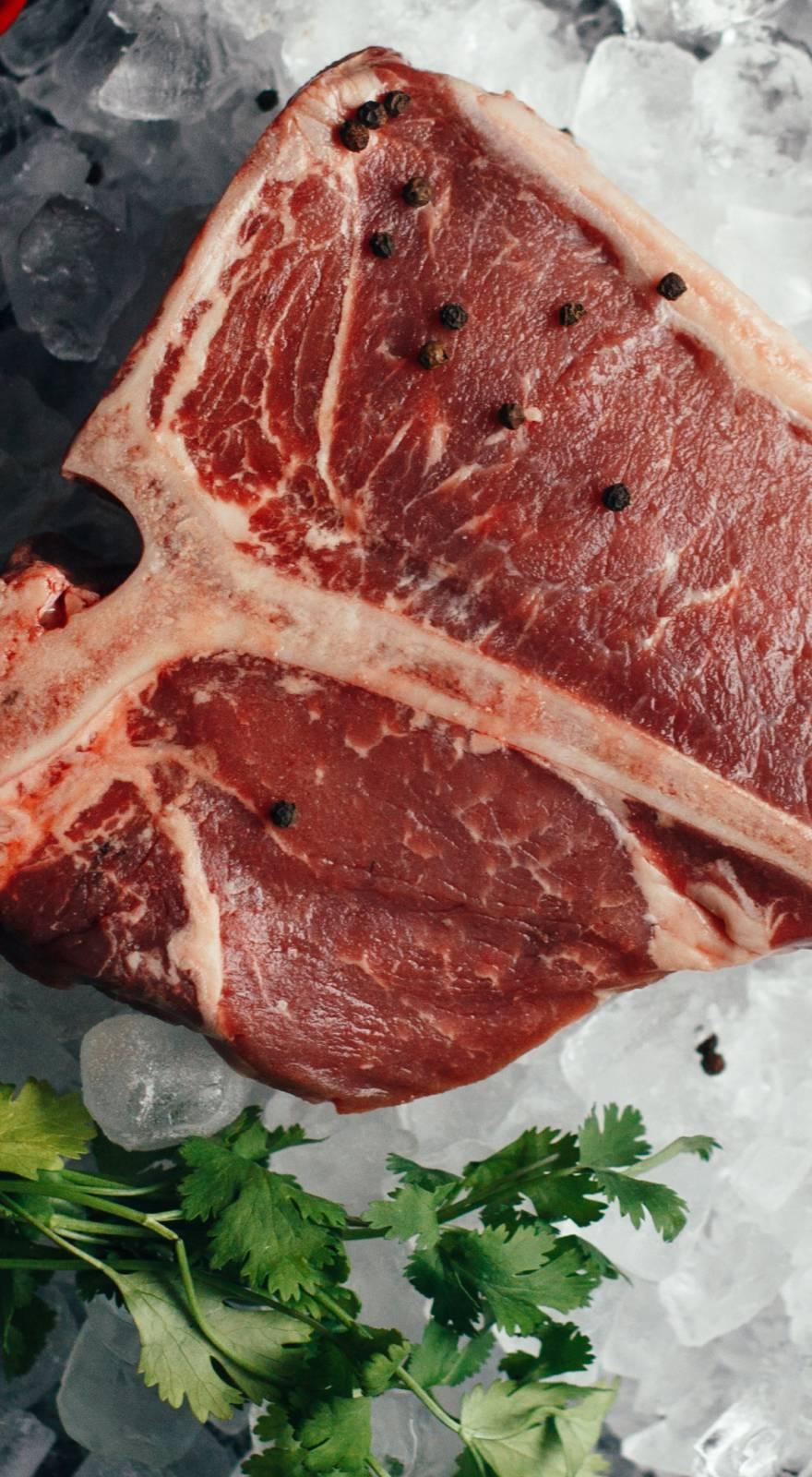Knowde Enhanced TDS
Identification & Functionality
- Ingredient Name
- Ingredient Origin
- Pigment Type
- Food Ingredients Functions
- Ingredients
- Saffron
- Technologies
Features & Benefits
- Labeling Claims
- Product Highlights
The high hand labor involved, coupled with the amount of flowers to be picked (about 15,000 are required to produce 1 kg of colorant), contribute to its cost. Political events have caused artificial shortages, creating availability problems and significant cost increases. These problems limit saffron usage.
Saffron colorant (crocin and crocetin) is chemically similar to annatto and zeozanthan. The carotenoid has a simple sugar linked to the basic chain, giving it water solubility and possibly improved light stability compared to turmeric. Saffron powders contain beta-carotene, zeozanthan and other carotenoids, the amount of which varies by growing region and handling procedures.
Saffron powder is water soluble and high in tinctorial strength. Saffron solutions are stable to light, oxidation, pH and microbial spoilage. In water, saffron gives a bright yellow at low concentrations, and a golden yellow at higher concentrations.
Saffron for use as a colorant is available as a powder and a liquid (usually 5%-8%). It has been suggested, but not universally accepted, that it be evaluated on carotenoid content via a spectrophotometer reading at 440 nm.
It has found use as a substitute for turmeric where light exposure would cause fading of turmeric. It has been used as a substitute for FD&C Yellow No. 5. It has been used in beverages, cosmetics, and pharmaceuticals at low levels due to its high cost. ColorMaker can supply both powder and liquid (2 to 10 %) forms.
Applications & Uses
- Markets
- Applications
- Food & Nutrition Applications
Properties
- Color

